The Amazon’s shiringa bio-leather celebrated at Copenhagen Fashion Week
This article is a reproduction. The original article was published in Forbes, written by Cassell Ferere.
Image by Dani Bains
As fashion brands seek sustainable alternatives to animal leather, a groundbreaking material is emerging from the heart of the Amazon rainforest called SHIRINGA. This innovative bio-leather is derived from the sap of the Shiringa tree, creating a material as durable as traditional leather. The malleable, plant-based SHIRINGA significance goes beyond material innovation as it represents a lifeline for the Indigenous Awajún people and a regenerative model for fashion’s future.
At Copenhagen Fashion Week [CPHFW] Spring/Summer 2026 shows this season, Collective Fashion Justice [CFJ], a charity founded by activist and filmmaker Emma Hakansson, has brought SHIRINGA to the forefront of sustainable fashion. Their exhibition at Copenhagen Fashion Week’s Creative Hub, hosted at Nikolaj Kunsthal art gallery, showcased unique garments and accessories by international designers, including Marimekko, Mozhdeh Matin, AERON, ASK Scandinavia, and Serena Coelho.
Image by Tonya Matyu
“We at Marimekko have been thought leaders in the art of printmaking for more than 70 years with an archive of 3500+ prints,” states Rebekka Bay, creative director of Marimekko. “It is important to us to continue to expand our knowledge and awareness in terms of new material solutions. We are therefore excited and honoured to be given the opportunity to explore a leather alternative and support ethical fashion solutions such as SHIRINGA bio-leather.”
Image by Tonya Matyu
Designer Serena Coelho affirms SHIRINGA bio-leather as an intrinsically circular process. Coelho said in a statement, “I always aim to consider environmental and social impact alongside the performance of materials in both making and wearing. Working with SHIRINGA bio-leather was a particularly rewarding experience. As a South American designer based in Copenhagen, collaborating with a material rooted in traditional knowledge and sustainably harvested by local forest communities is deeply meaningful. It represents a model of material sourcing that respects both the land and the people.”
Each piece presented highlighted the versatility of SHIRINGA as an ethical fashion solution that can be both luxurious and innovative. A panel discussion followed, featuring Veronica D’Souza, a social entrepreneur, co-founder of CARCEL and Ruby Cup, Rebekka Bay, chief creative officer of Marimekko, Sine Christiane Gerstenberg, a leader in sustainability, and moderated by a fashion journalist at Vogue Italia, Giorgia Feroldi.
Anette Cantagallo, co-founder of ASK Scandinavia, illustrates the opportunity to display SHIRNGA, “Participating in this exhibit felt natural to ASK because SHIRINGA represents the kind of systemic shift fashion needs; centering nature, community, and transparency in how products are made. The Awajún philosophy of creating with nature mirrors our approach to design. Together with CFJ, Veshin, Rical, and Caxacori, we’ve shown that responsible materials don’t limit design, they push it forward.”
Image by Tonya Matyu
Joey Pringle, Veshin Factory’s founding CEO, stated, “Veshin's partnership with Rical and Caxacori is a meaningful step in this direction. It is a call to action to designers, entrepreneurs, and manufacturers across the region: let’s connect, collaborate, and co-create.”
Image by Tonya Matyu
CFJ also premiered their documentary, "SHIRINGA: Fashion Regenerating Amazonia," which was recently honored at the Nature Without Borders International Film Festival. The film chronicles the collaboration between CFJ, Caxacori Studio, a material innovator of bio-materials, and the Awajún community, illustrating how this material benefits people, animals, the planet, and shares a heritage with the community.
The Awajún people of the Peruvian Amazon have existed for thousands of years, and in recent years, deforestation and unsustainable farming have threatened their way of life. Today, Awajún women farmers are blending ancestral knowledge with modern technology to create the rubber-like fabric SHIRINGA, used in clothing and footwear. Partnering with ethical fashion initiatives, they harvest the Shiringa tree’s sap regeneratively - an example of slow fashion - ensuring the forest thrives while producing a cruelty-free alternative to animal leather.
Founder and designer Mozhdeh Matin shared her perspective, “I began working with SHIRINGA bio-leather nearly ten years ago, driven by a need to find a sustainable alternative to animal leather—one that could offer the same tactile richness without compromising my ethical values. As a textile designer deeply engaged in collaborative work with local artisans, I integrate traditional craft techniques with a contemporary design perspective.”
“Working with shiringa bio-leather has been a powerful experience,” adds Gabriel Camelo of RICAL Leather Goods, providing perspective as a material manufacturer. “Not only because of the potential of the material itself, but because of what it symbolizes: a new era of collaboration between South American companies. At its core, this partnership is about more than materials; it’s about building bridges across our continent and proving that we, as Latin Americans, can jointly contribute to global innovation from a place of authenticity, sustainability, and excellence.”
Still from SHIRINGA: Fashion Regenerating Amazonia
Unlike synthetic leathers derived from fossil fuels, SHIRINGA is made without fossil fuels, as well as a version made with water-based PU, proven in tests to biodegrade faster and more effectively than animal-derived leather. A regenerative material, it supports Indigenous sovereignty through traditional practices. This material offers brands a chance to move beyond exploitative supply chains while preserving Amazon’s biodiversity amid increased deforestation.
Image by Tonya Matyu
Eszter Áron, founder and creative director of AERON, noted in a statement, “SHIRINGA stood out for its authenticity and versatility - butter-soft as the leathers, yet strong enough to hold structured, architectural shapes. That duality allowed us to explore silhouettes that are signature to us, such as the wrap skirt, and to experiment with new forms, like the biker jacket. Staying true to AERON, our goal was to create something real, wearable, and innovative. Shiringa helped us strike that balance with a material that feels both contemporary and organic."
Still from SHIRINGA: Fashion Regenerating Amazonia
SHIRINGA and the Awajún community are a blueprint for a fashion industry that respects people, animals, and ecosystems. As consumer demand for ethical alternatives increases, this Amazonian innovation proves that sustainability and style can go hand in hand.








